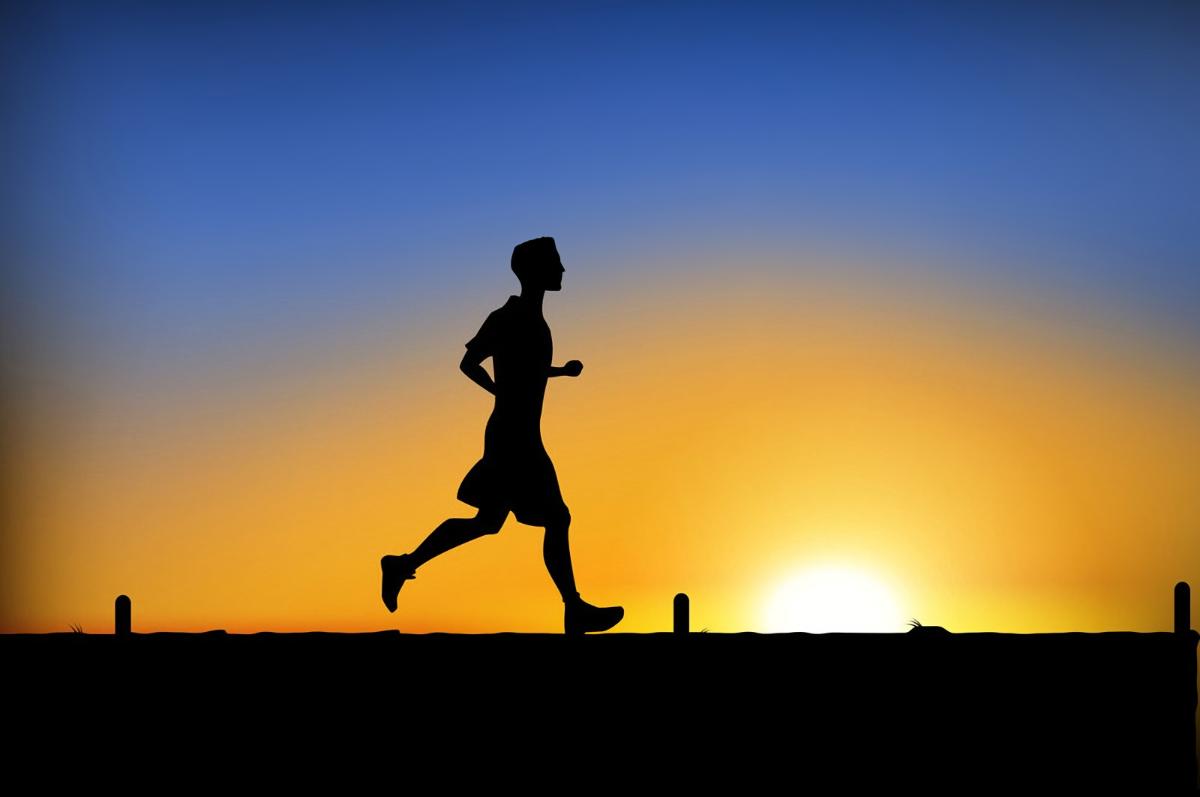In order to succeed while public speaking, singing, or performing, you need confidence. Unfortunately, when it all comes down to it, our faces tend to blush with excitement, which may make us feel even more vulnerable. Sometimes all it takes to blush is the notion of thinking about it. Why, then, does it always seem like this sudden heat sensation in our faces starts to rise suddenly at the worst possible time?
For what reason do we feel the need to hide our faces?
Sports and saunas are two other scenarios where people often blush; for others, a warm room or the ingestion of alcohol could be the trigger. The physical effort increases blood circulation in the body, so we blush. These cases of blushing are easily explained. However, the phenomenon known as “social blushing” is different.
When we’re put in circumstances that make us feel threatened, ashamed, or furious, the muscle tension increases as a result of the adrenaline rush. The autonomic nervous system responds to stress by activating the so-called sympathetic nervous system, which speeds up many of the body’s processes.
A Response by the Autonomic Nervous System
Brain sends hormones into the body that cause blood pressure to rise. Concurrently, the heart rate accelerates and more blood is pumped to the brain.
The face becomes red because the blood vessels expand and the blood flow rises. This is due to the fact that the face has an exceptionally rich capillary bed. Sweaty palms are a common occurrence of blushing. But this is a totally typical physiological response for a healthy human being.
A person’s sensory threshold determines how and how frequentlythey blush. An individual’s susceptibility to stress is also important when it comes to blushing. There are doctors who specialize in helping people with erythrophobia (an abnormal fear of blushing). The prevalence of congenital disorders of sympathetic nervous system regulation is estimated to be roughly 1 in 200 persons according to studies. This causes the individuals to become visibly more agitated and flushed with anger than usual.
An Evolutionary Defense Mechanism
Mark Twain, an American novelist, once said, “Man is the only animal that blushes. Or needs to.” His elucidation was spot-on, and it demonstrated that there is more to a blush than merely a surge of blood to the face. Blushing makes our feelings obvious, since our face flushes red mostly from embarrassment or when we are stressed out for something.
However, the exact mechanism of why a person’s face becomes red when they’re embarrassed still remains a mystery.
Many hypotheses have been proposed, but none have been conclusively demonstrated. It has been hypothesized that becoming red in the face in an embarrassing scenario is an evolutionary defense mechanism designed to prevent the individual from being shunned by his social group after committing a violation, which likely meant death in pre-historic times. Turning red in the face serves an “apologetic” purpose, signaling “I realize I made a mistake, I’m sorry.
“
Studies have shown that people who blush after making a mistake in public, such as tripping over their feet in a store, are more likely to be seen with sympathy than pity. They are less likely to believe that the person did the thing on purpose, and thus the person is less likely to be judged harshly or excluded from society. In this sense, blushing may serve as a kind of defense, perhaps against the potential social repercussions of an action.
There Is a Catch
However, it’s unlikely that blushing serves any essential purpose. Prehistoric humans, as seen through the lens of evolutionary biology, had uniformly dark skin. Since blushing is only so prominently visible in light-skinned individuals, it makes little sense for it to have a vital survival purpose.
And being shy doesn’t stick with you forever. It is well known that infants do not blush. This only begins at the age of three, and it reaches its pinnacle around adolescence, when emotional and physical changes make you more vulnerable to the judgmental gazes of others. The volume of blushing frequently decreases beyond that point.
Methods Against Blushing
Even yet, blushing is still embarrassing and humiliating, particularly when it draws others’ notice. Experts propose relaxation and breathing techniques for individuals who blush often; these methods don’t eliminate blushing, but they can release inner stress. Likewise, those who concentrate less on their red faces will feel calmer, which is why talking to others may be helpful in stopping blushing.
Extreme blushers may benefit from specialized behavioral treatments that aim to identify the causes of their anxiety and then direct them to deliberately seek out social settings where they may blush. Successful treatment usually results in less frequent blushing over time.






